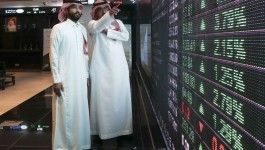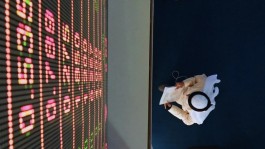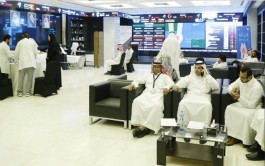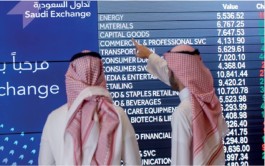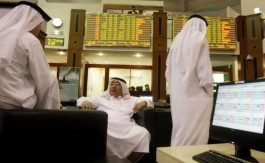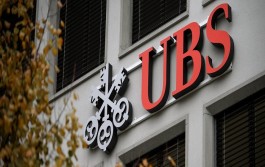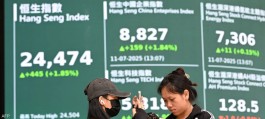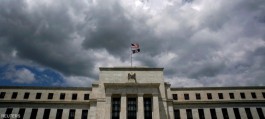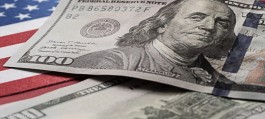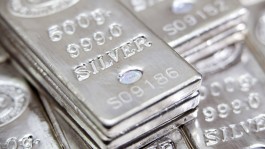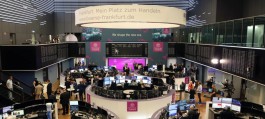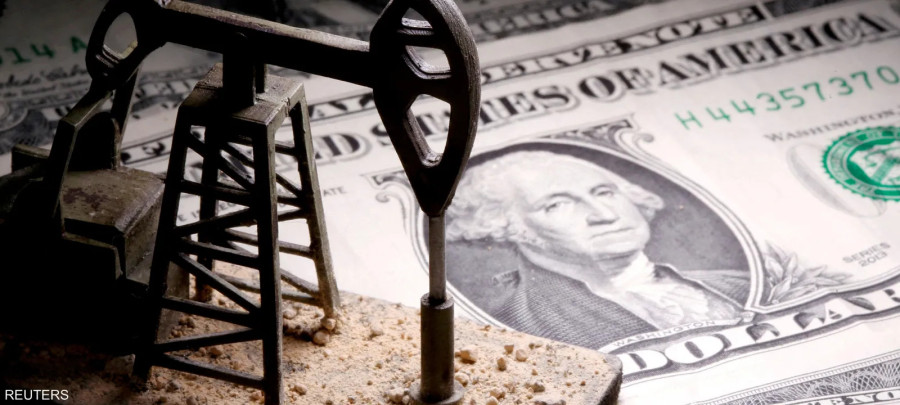Oil prices rose at the weekly settlement, recording gains for the fifth week in a row, amid optimism among investors that prices will continue to rise thanks to the recovery in demand and supply cuts.
The appetite for risk in financial markets in general has increased due to growing expectations that large central banks such as the US Federal Reserve and the European Central Bank will be close to ending the monetary tightening cycle. This boosted expectations for global growth and energy demand; According to the Middle East News Agency.
US crude and Brent increased 5 percent this week, supported by the supply cuts announced by the OPEC + alliance earlier this month, and the two crude oil are on track to record gains of 13 percent during the month.
Brent crude rose 75 cents to $84.99 a barrel at closing on Friday, while Nymex crude rose 49 cents to $80.58 a barrel.
And expectations of demand growth increased, last Thursday, after the US gross domestic product grew in the second quarter at a rate of 2.4 percent, which exceeded expectations and supports the view of Jerome Powell, Chairman of the Federal Reserve, that the economy is capable of achieving the so-called soft landing.
gold
Current gold prices fell 0.3 percent during the ending week, which witnessed a new rise in US interest rates, while gold futures contracts for August delivery rose, during yesterday’s trading, by 0.75 percent, or the equivalent of $ 14.7, to reach $ 1960.4 an ounce, with the decline in the dollar index and bond yields. The US Treasury, after the issuance of economic data that reflected a slowdown in inflationary pressures due to the continued efforts of the Federal Reserve.
Data from the Ministry of Commerce showed that the basic personal consumption expenditures price index rose in June, by 4.1 percent on an annual basis; This was less than expectations for an increase of 4.2 percent, and compared to May, when the index rose by 4.6 percent; It is the lowest level since September 2021, and is seen by the Fed as the preferred indicator for predicting future inflation trends.
The data issued by the Ministry of Labor also showed an increase in the US employment cost index; It is a broad measure of wages and benefits, at a seasonally adjusted rate of 1 percent during the three months ending in June; This came in below expectations of 1.1 percent, and is a slowdown from the 1.2 percent increase during the first quarter of this year.
In the same context, University of Michigan data revealed that the consumer confidence index increased by 11.2% on a monthly basis, at 71.6 points in the revised reading for July, compared to 64.4 points in the previous month. It is lower than the preliminary reading, up to 72.6 points. Overall, the survey attributed the increase in confidence to a continued slowdown in inflation along with stability in labor markets.
Last Wednesday, the Monetary Policy Committee within the US Federal Reserve raised interest rates by 25 basis points (0.25%).
Federal Reserve Chairman Jerome Powell sees inflation as too high and said in late June that he expects further tightening of monetary policy. It is a term that alludes to more interest-raising decisions
The latest inflation data in the US revealed more encouraging signs. The consumer price index rose 3 percent year-on-year in June, up from 9.1 percent a year earlier.










